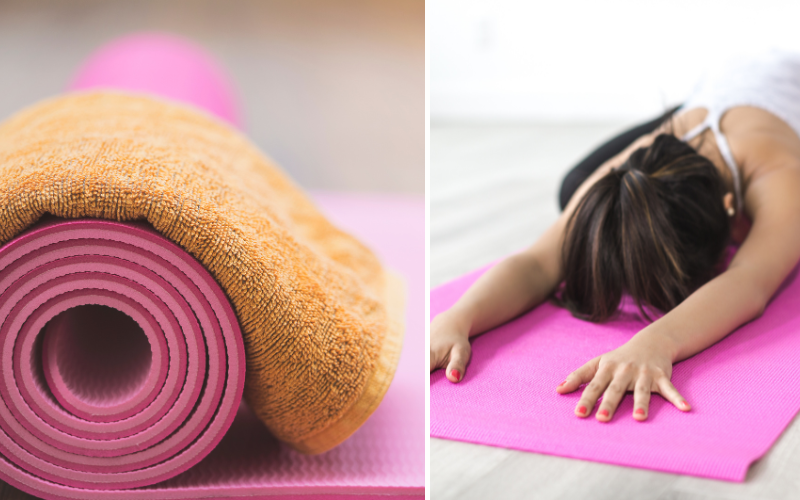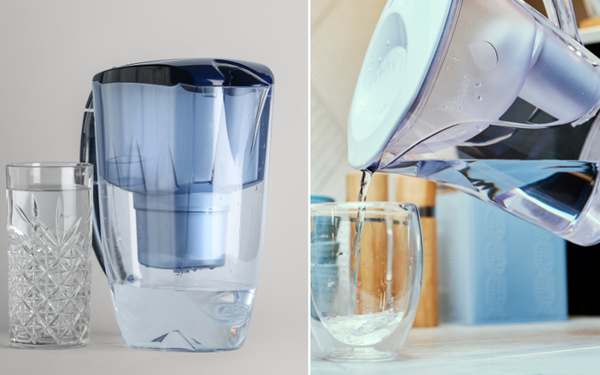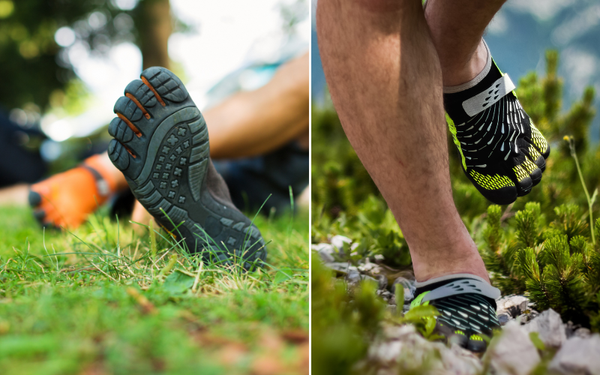Is it worth getting an expensive yoga mat? Many yoga practitioners grapple with this question. Investing in a high-end yoga mat can significantly enhance your practice, improve durability, and provide better grip and support. In this article, we will explore the key factors that differentiate expensive yoga mats from budget options, and whether the benefits justify the cost.
Key Takeaways
- Expensive yoga mats made from high-quality materials like natural rubber and cork offer better grip, cushioning, and sustainability, enhancing your overall practice.
- Durability is a significant factor; high-end mats last longer, reducing the need for frequent replacements and providing better long-term value despite their higher upfront cost.
- Premium yoga mats often come with features like superior grip, enhanced cushioning, and antimicrobial properties, which boost performance, comfort, and hygiene during practice.
1 Understanding the Value of a Quality Yoga Mat
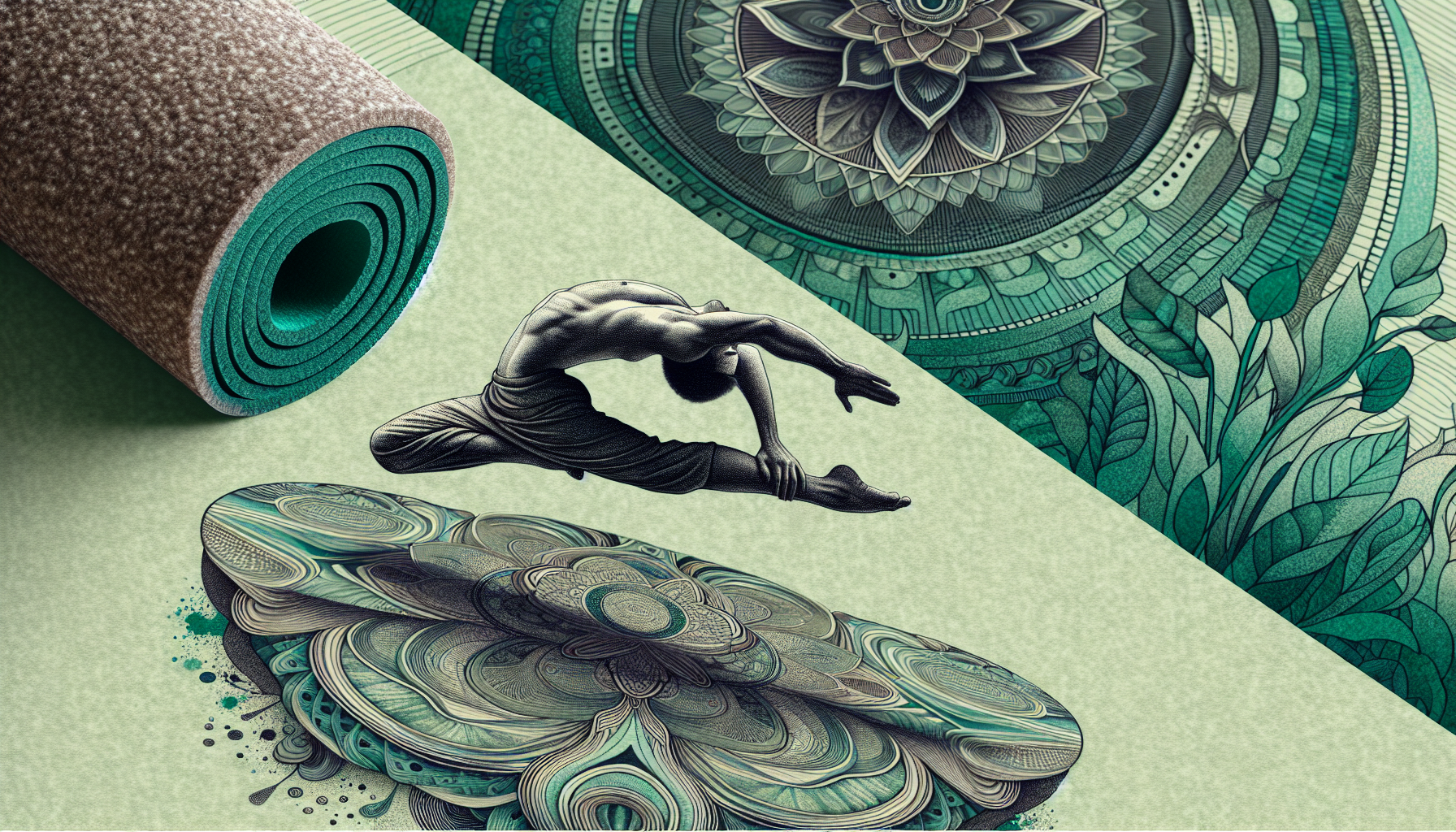
Understanding the value of a quality yoga mat is crucial for making an informed purchase and enhancing your practice. Factors like material, durability, and performance play significant roles in how much benefit you derive from your mat. Investing in your practice means investing in your comfort, health, and overall well-being, especially when you choose a brand that aligns with your values and goals.
We’ll break down these elements further to see how they contribute to the overall value of your mat.
Material Matters
The material of your yoga mat can significantly impact your practice. Most yoga mats are made from:
- PVC
- Natural rubber
- Cork
- Microfiber
Each material offers different benefits. For instance, natural rubber mats like those from Jade Yoga provide an eco-friendly alternative with excellent grip, making them suitable for hot yoga. On the other hand, mats made from OEKO-TEX STANDARD 100 PVC are free of harmful chemicals, ensuring a safer practice environment.
Choosing a material that aligns with your needs and values is essential. A cork mat, for example, is not only durable but also offers a unique, naturally grippy surface that improves with sweat. Thicker mats provide more cushioning, which can be crucial for those with joint issues. The right material can make all the difference in how your mat performs and feels during practice.
Durability and Longevity
Durability is a key factor in determining the true value of a yoga mat. While budget-friendly options might seem appealing initially, they often require frequent replacements due to lower durability. High-end mats, although more expensive upfront, are made from superior materials that contribute to their longevity, making them a long-term investment.
With proper care, premium yoga mats can last for years, supporting countless practices and reducing the need for frequent replacements.
Performance in Practice
When it comes to practicing yoga, the performance of your mat can make or break your experience. High-quality mats offer better grip, which is crucial in preventing slipping during poses like downward dog. This grip ensures stability and security, allowing you to focus more on your practice and less on adjusting your mat.
Moreover, instructors often consider factors like overall experience, grip, cushioning, stability, and performance in different yoga practices when evaluating mats. A quality mat can enhance your practice by providing the right balance of support and comfort, making it easier to achieve and hold poses.
Cost vs. Benefit Analysis
Evaluating the true cost of a yoga mat involves looking beyond the initial price. It’s essential to consider its lifespan and how well it supports your practice. Budget-friendly mats may seem like a good deal, but they often wear out quickly, leading to frequent replacements.
In contrast, premium mats, though more expensive initially, offer better long-term value due to their durability and performance. Let’s dive deeper into this analysis and explore how investing in a high-quality mat can pay off in the long run.
Initial Investment vs. Replacement Costs
A detailed price comparison analysis reveals that while budget mats like the TJ Maxx option have a lower upfront cost, their cost per year due to frequent replacements can be comparable to more expensive, longer-lasting mats. Cheaper yoga mats often wear out quickly, leading to more frequent replacements and higher long-term costs. In the end, investing in a high-quality yoga mat can reduce the need for frequent replacements, saving you money over time.
One potential downside of high-end yoga mats is their higher initial cost compared to budget-friendly options. However, when considering the cost comparison, it becomes clear that choosing a pricier yoga mat can offer better long-term value even with a higher initial investment.
Enhancing Your Practice
A superior yoga mat can improve balance and alignment, which is essential for advanced poses and flows. High-quality yoga mats provide stability and support, reducing frustration and enhancing comfort during practice. This stability is particularly beneficial in challenging practices like hot yoga or vinyasa flow, where maintaining balance and grip is crucial.
Moreover, a quality yoga mat can significantly enhance your overall yoga experience. It ensures that you can perform sun salutations and other sequences with confidence, knowing that your mat will support you every step of the way. Whether you’re practicing at home or in heated classes, a good mat makes all the difference.
Environmental Impact
Premium yoga mats often use eco-friendly materials like natural rubber and cork, which are free from toxins and harmful chemicals. These materials contribute to environmental sustainability and add environmental value to the purchase. Eco-friendly mats often utilize sustainable, biodegradable, or recycled materials to minimize their environmental footprint.
Brands that prioritize eco-friendliness also focus on sustainable production processes, reduced waste, and energy efficiency. Additionally, finding a second use for old mats, such as repurposing them as furniture cushioning or anti-slip surfaces, can further reduce environmental impact.
Features of High-End Yoga Mats

High-end yoga mats boast several key features that make them stand out. These include superior grip and stickiness, enhanced cushioning and support, and antimicrobial properties. These features not only improve the overall performance of the mat but also contribute to a more enjoyable and hygienic practice.
Let’s explore these features in more detail.
Superior Grip and Stickiness
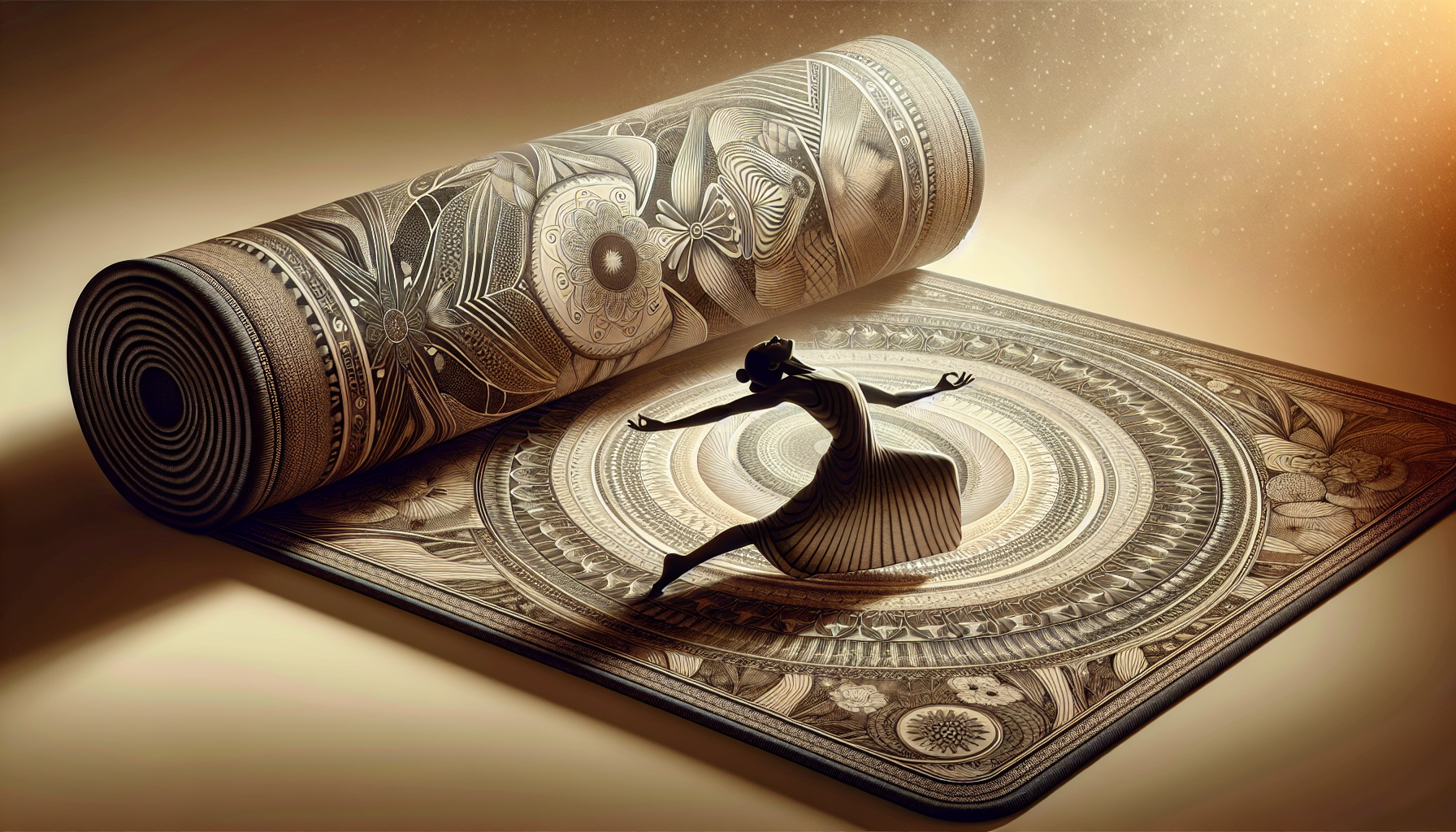
Superior grip and traction are essential in high-quality yoga mats. Premium mats typically offer better grip, preventing slipping during poses and ensuring stability. This grip is particularly important in dynamic practices like Vinyasa or hot yoga, where maintaining poses can be challenging.
A good yoga mat with excellent grip and stickiness enhances safety and performance, making your practice more effective and enjoyable. Using a yoga towel can also help in maintaining the cleanliness and longevity of your mat.
Enhanced Cushioning and Support
Enhanced cushioning and support are other significant benefits of premium yoga mats. Mat thickness is crucial for extra cushioning and joint support, reducing the risk of injury and improving comfort. High-quality mats provide stability and support, enhancing all forms of practice.
Whether you’re holding long poses or performing dynamic sequences, the right mat can make a big difference in reducing strain on your joints and enhancing overall comfort.
Antimicrobial Properties
Hygiene is a crucial aspect of yoga practice, and high-end mats often come with antimicrobial properties to enhance cleanliness. Mats like the Lululemon The Mat 5mm are designed with antimicrobial additives that prevent mold and mildew, ensuring your mat stays fresh and hygienic.
This feature is particularly beneficial for those who have practiced yoga, especially hot yoga, or sweat a lot during their sessions with a yoga instructor.
Popular High-End Yoga Mats

When it comes to choosing a high-end yoga mat, several brands stand out. The Manduka Pro Mat, Lululemon Mat, and Jade Mats are popular options that offer a balance of quality, durability, and performance. Each of these mats has unique features that cater to different needs and preferences.
Let’s take a closer look at what makes each of these mats special.
Manduka Pro Mat
The Manduka Pro Mat, also known as the manduka mat, is renowned for its superior balance of comfort and durability, making it a top pick for serious practitioners. Here are some key features of this mat and other manduka mats:
- Available in 13 colors and two sizes (standard and extra-long)
- Two-sided texture: a smooth top layer and a dot-patterned bottom layer for grip
- Lays perfectly flat without any curling edges, providing a smooth practice surface
Despite its mediocre grip, the Manduka Pro Mat is still highly recommended for its overall quality and performance.
Its thickness and cushioning make it ideal for various yoga poses, offering excellent support for both beginners and advanced yogis. The Manduka Pro Mat is designed to last, making it a worthwhile investment for those committed to their practice.
Lululemon Mat
The Lululemon Mat is another favorite among yoga enthusiasts, particularly known for its:
- non-slip surface that excels in heated classes
- polyurethane material with a natural rubber base, providing both cushioning and grip
- smooth ‘sticky’ side for traction and a ‘grippy’ side, perfect for sweaty hands during intense sessions
- 5 millimeters thickness, offering a balanced mix of comfort and support, making it suitable for various yoga poses.
However, some users have noted that the Lululemon mat may lose its stickiness after a couple of years of regular use. Despite this, its initial performance and the comfort it provides make it a great choice for those looking for a high-quality mat that can handle heated classes and vigorous practices.
Jade Mats
Jade Mats are celebrated for their eco-friendly natural rubber composition and excellent grip. The JadeYoga Harmony Mat, for instance, features a surface that resembles tiny suction cups, providing a naturally grippy texture that enhances traction and prevents slipping. This makes it particularly suitable for practices that involve a lot of movement and sweating.
Additionally, Jade Mats are available in various thickness options, including 3/16-inch for standard comfort and 5/16-inch for those who prefer extra cushioning. Their commitment to using sustainable materials and practices also adds to their appeal, making them a top choice for environmentally conscious yogis.
Care and Maintenance of Expensive Yoga Mats
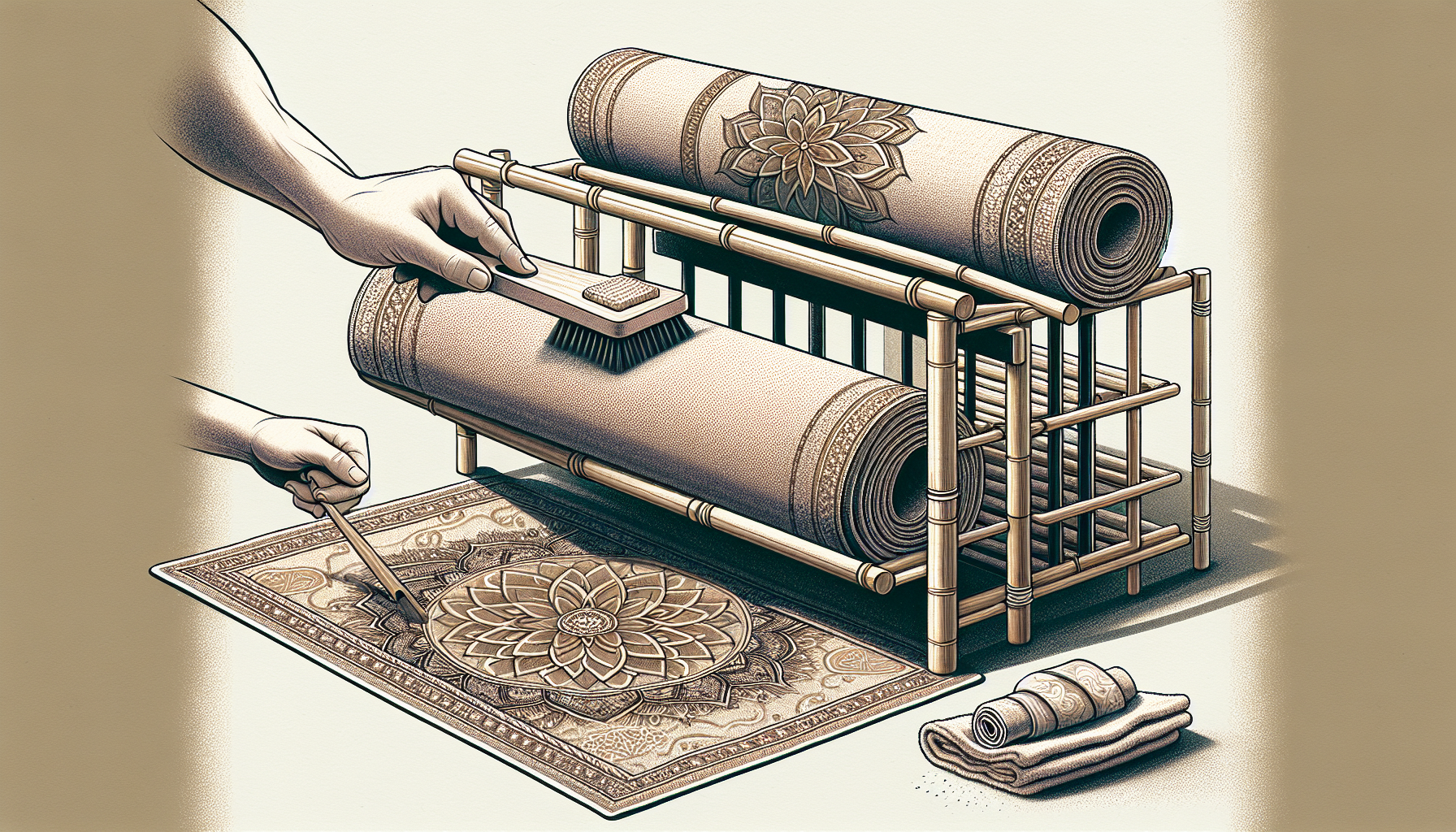
Proper care and maintenance are essential for extending the lifespan of your expensive yoga mat. Regular cleaning prevents the buildup of sweat, dirt, and odor, ensuring hygiene and longevity. Additionally, storing your mat correctly can prevent damage and maintain its shape.
Let’s explore some specific tips for cleaning and storing your premium yoga mat.
Cleaning Tips
Cleaning your yoga mat regularly is crucial, especially for rubber mats that are prone to absorbing sweat. For cork mats, a simple 50-50 solution of water and white vinegar works wonders. Avoid washing cork mats in a machine, as it can cause damage. Instead, use natural soap and water to clean the surface, and make sure to clean your mat once a week if you practice at home regularly.
For other types of mats, here are some cleaning tips:
- Wipe down with a water-dampened cloth or a homemade diluted vinegar solution after every few uses.
- Avoid using essential oils or chemical cleaning sprays, as they can degrade the grippy materials and affect performance.
- Steer clear of abrasive scrubbing tools that can damage the mat’s surface.
Over-cleaning and saturating your mat with water should also be avoided to prevent the materials from wearing out faster.
Storage Solutions
Storing your yoga mat properly can prevent damage and maintain its shape. Always roll your mat with the top smooth layer facing outwards to prevent creasing. Ensure your mat is fully dry before rolling it up to avoid mildew formation.
Using a mat bag or strap can help keep your yoga mat clean and protected while not in use, and storing it away from sharp objects will prevent punctures.
Addressing Common Concerns
Investing in an expensive yoga mat often triggers hesitation due to the higher price point. It’s essential to weigh the benefits such as durability, performance, and material quality against the higher initial cost.
In the following subsections, we’ll address whether these mats are worth the money and explore potential downsides.
Are They Worth the Money?
When considering whether expensive yoga mats are worth the money, it’s crucial to look at the long-term value. With proper care, a premium mat can elevate your practice for years to come. In contrast, budget-friendly options may need to be replaced often, leading to higher long-term costs.
Investing in a high-end yoga mat is worthwhile due to its:
- Durability
- Superior support
- Enhanced grip
- Long-lasting performance
These features ensure that the mat supports you through countless practices.
Moreover, a high-quality mat can enhance your overall yoga experience, providing better grip, stability, and comfort. This investment in your practice can lead to greater satisfaction and progress in your yoga journey.
Potential Downsides
Despite their benefits, premium yoga mats do have potential drawbacks. For instance, the Manduka Pro Mat is quite heavy, making it cumbersome to transport. Additionally, natural rubber mats may have a strong, lingering smell initially, which can be off-putting.
A thicker mat can sometimes compromise stability for certain poses, making it harder to stay grounded in positions like downward-facing dog.
Summary
In conclusion, while expensive yoga mats require a higher initial investment, their benefits in terms of durability, performance, and eco-friendliness often make them worth it. By enhancing your practice and reducing long-term costs, these mats can be a valuable addition to your yoga journey. Whether you choose a Manduka Pro Mat, Lululemon Mat, or Jade Mat, investing in a high-quality mat can significantly elevate your practice and overall well-being.
Frequently Asked Questions
Are expensive yoga mats worth the investment?
Absolutely, investing in an expensive yoga mat is worth it because it offers durability, better performance, and long-term cost savings.
What materials are commonly used in high-end yoga mats?
High-end yoga mats commonly use natural rubber, cork, and OEKO-TEX STANDARD 100 PVC for their materials. You can find these materials in top-quality yoga mats.
How do I clean and maintain my expensive yoga mat?
To clean and maintain your expensive yoga mat, regularly clean it with natural solutions and store it properly to extend its lifespan.
What are the potential downsides of premium yoga mats?
Premium yoga mats may have potential downsides such as being heavy, having initial odor, and stability issues with thicker ones. Keep these in mind when considering a purchase.
Which high-end yoga mat should I choose?
You should consider the Manduka Pro Mat, Lululemon Mat, or Jade Mats, depending on your specific preferences for a high-end yoga mat. Each offers unique features to cater to different needs in yoga practice.
You May Also Like...
